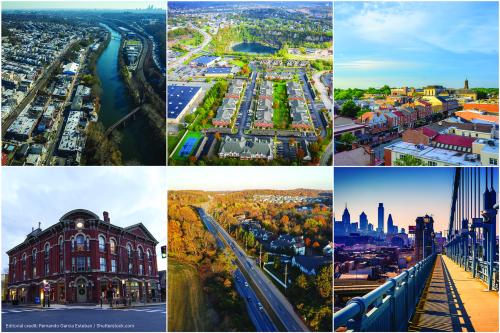Findings
A national analysis of high-poverty neighborhoods, and the concentration of poor individuals
in those neighborhoods, in 1990 and 2000 indicates that:
- The number of people living in high-poverty
neighborhoods—where the
poverty rate is 40 percent or
higher—declined by a dramatic 24
percent, or 2.5 million people, in
the 1990s. This improvement marked
a significant turnaround from the
1970-1990 period, during which the
population in high-poverty neighborhoods
doubled.
- The steepest declines in high-poverty
neighborhoods occurred in
metropolitan areas in the Midwest
and South. In Detroit, for instance,
the number of people living in high-poverty
neighborhoods dropped nearly
75 percent over the decade.
- Concentrated poverty—the share of
the poor living in high-poverty
neighborhoods—declined among all
racial and ethnic groups, especially
African Americans. The share of poor black individuals living in high-poverty
neighborhoods declined from 30 percent
in 1990 to 19 percent in 2000.
- The number of high-poverty neighborhoods
declined in rural areas and
central cities, but suburbs experienced
almost no change. A number of
older, inner-ring suburbs around major
metropolitan areas actually experienced
increases in poverty over the decade,
though poverty rates there generally
remain well below 40 percent.
While the 1990s brought a landmark
reversal of decades of increasingly concentrated
poverty, the recent economic
downturn and the weakening state of
many older suburbs underscore that the
trend may reverse once again without
continued efforts to promote economic
and residential opportunity for low-income
families.
The Brookings Institution is committed to quality, independence, and impact.
We are supported by a diverse array of funders. In line with our values and policies, each Brookings publication represents the sole views of its author(s).


